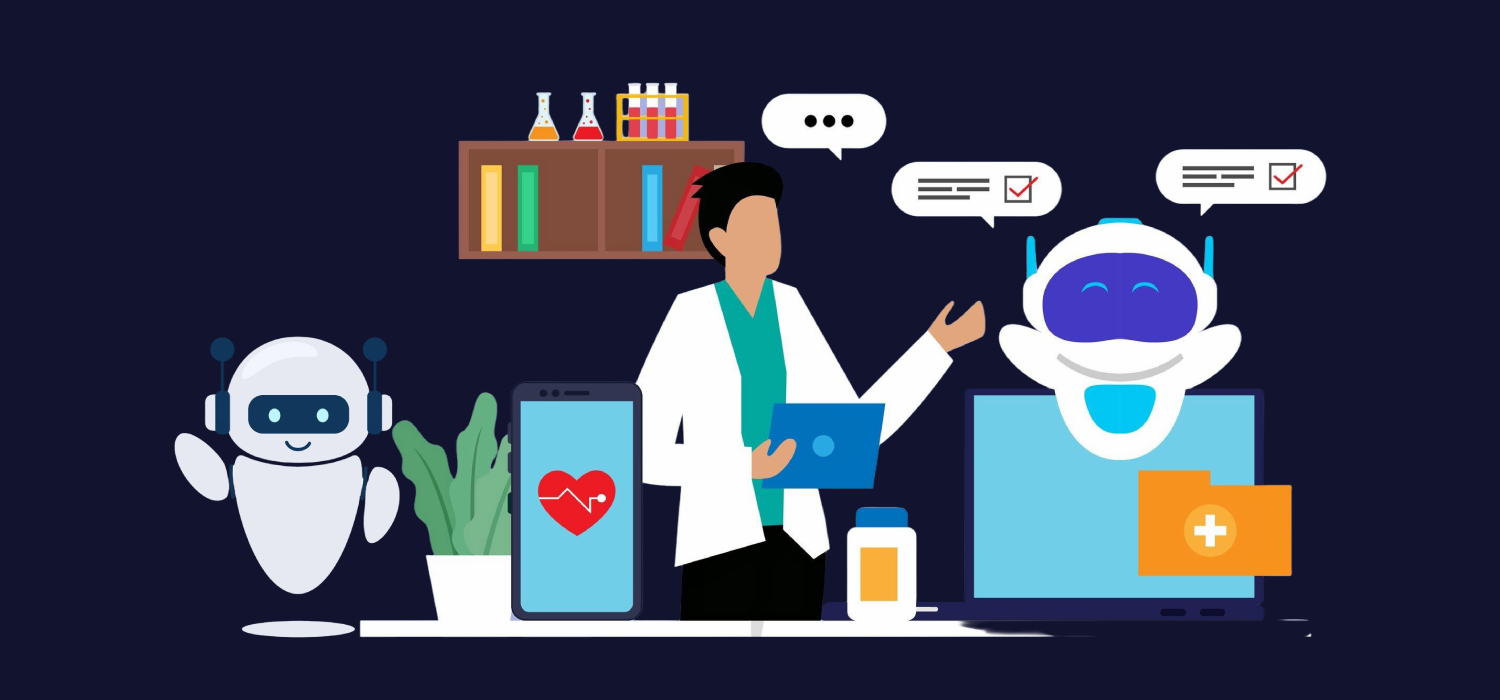Healthcare RPA Solutions Streamlining Operations from Billing to Clinical Data Management
Administrative work consumes a significant portion of a healthcare facility’s time and cost. From billing and claims to updating electronic health records, many of these tasks follow structured, rule-based patterns—perfect conditions for Robotic Process Automation in healthcare.
The healthcare RPA market is expected to touch $3.97 billion by 2029, with an anticipated growth rate of 14.8% CAGR.
RPA uses software robots to execute repetitive digital tasks with precision and consistency. In healthcare, this means fewer human errors, faster operations, and improved staff focus on patient-centered work.
Unlike complex AI systems that make autonomous decisions, RPA works on defined rules. It interacts with hospital management systems, databases, and billing platforms to execute repetitive steps—just faster and without fatigue.
How Are Healthcare RPA Solutions Applied in Daily Operations?
Healthcare RPA solutions now play a central role in both clinical and non-clinical functions. Below is a breakdown of their typical applications:
| Functional Area | RPA Use Case | Outcome |
| Billing & Claims | Automating claim submission, verification, and payment reconciliation | Fewer delays and rejections |
| Patient Scheduling | Managing appointment slots, reminders, and cancellations | Optimized scheduling and reduced no-shows |
| Clinical Data Management | Extracting and updating patient information from multiple sources | Consistent and accurate clinical records |
| Inventory Management | Tracking supplies, auto-ordering based on thresholds | Reduced stockouts and waste |
| Regulatory Reporting | Preparing compliance-related documentation | Accurate and timely submissions |
| Revenue Cycle Management | End-to-end monitoring of patient billing, insurance, and payments | Transparent financial operations |
Each of these applications eliminates manual repetition while preserving accuracy, something essential in healthcare administration.
Why Is RPA in Healthcare USA Growing So Rapidly?
The adoption of RPA in healthcare USA has surged due to several practical drivers:
- Data Overload: Hospitals generate immense amounts of structured and unstructured data daily. RPA helps process and organize this data efficiently.
- Administrative Burden: Staff often spend more time on documentation than on patient care. Automation helps reallocate human effort to clinical interaction.
- Interoperability Needs: Multiple healthcare platforms rarely communicate seamlessly. RPA bridges these systems, moving data accurately between them.
- Workforce Constraints: With skilled healthcare professionals in high demand, automation supports workload balance and consistency in operations.
Unlike other sectors, healthcare must handle sensitive data with absolute precision and confidentiality. RPA, when correctly implemented, supports these requirements through role-based access controls and secure execution environments.
How Does RPA Improve Billing and Claims Processing?
Billing and claims are among the most error-prone processes in healthcare. Even small mistakes can lead to payment delays or denials.
RPA in healthcare helps by:
- Capturing and validating patient insurance data automatically.
- Cross-verifying claim forms with payer rules and coding standards.
- Tracking claim status and posting payments without manual intervention.
- Identifying mismatched entries and routing them for review.
With these processes automated, billing teams can focus on resolving exceptions rather than managing every transaction line by line. The result is faster turnaround and consistent financial documentation.

What Role Does RPA Play in Clinical Data Management?
Clinical data management requires accuracy at every level, from patient admission to discharge summaries. RPA bots can access multiple data points across hospital systems to:
- Update patient demographics and health histories.
- Transfer lab results and imaging data into EHRs.
- Verify diagnostic codes and treatment notes.
- Compile structured data for physician review or audits.
This removes manual data entry errors, keeps records synchronized across systems, and maintains a transparent audit trail. The process not only saves administrative hours but also strengthens clinical decision-making by providing doctors with accurate and updated data.
Can RPA Improve the Patient Experience?
While RPA doesn’t interact directly with patients, its indirect impact is significant. By automating routine workflows, healthcare staff gain more time to interact with patients, respond to queries, and focus on quality care.
Examples include:
- Faster Registration: Automated input of patient details shortens check-in time.
- Appointment Coordination: Bots send reminders and follow-ups, improving adherence.
- Accurate Billing: Automated validation prevents billing errors that can frustrate patients.
When administrative accuracy improves, patient trust naturally follows.
Automation has helped cut administrative errors by 30%, boost clinical procedure efficiency by 25%, and raise patient satisfaction levels by 20%. (ResearchGate)
What Should Healthcare Organizations Consider Before Implementing RPA?
Adopting RPA requires strategic planning rather than quick deployment. Healthcare administrators should focus on:
- Process Selection: Identify repetitive, rule-based workflows with clear data structures.
- Integration Readiness: Verify that existing systems (EHR, billing, HR) can interface with RPA tools.
- Data Security: Select platforms that align with healthcare privacy standards.
- Change Management: Train staff to oversee and manage bots effectively.
Conclusion
From billing and claims to clinical data management, RPA in Healthcare is redefining how hospitals and medical institutions function. It brings order to repetitive digital tasks, allowing healthcare professionals to prioritize what matters most- care and accuracy. As adoption expands, healthcare RPA solutions will continue shaping more efficient, data-driven healthcare systems across the USA.
FAQs
What is Robotic Process Automation in healthcare?
RPA in healthcare involves software bots automating repetitive administrative and operational tasks such as billing, data entry, and report generation.
Is RPA limited to administrative processes only?
No. While most implementations focus on administration, RPA also supports clinical data accuracy, inventory management, and patient communication.
How secure are healthcare RPA solutions?
RPA platforms follow strict access controls and encryption protocols to protect patient information during every automated process.
Can small healthcare organizations use RPA?
Yes. Many RPA tools are modular and can be adopted by clinics, diagnostic centers, and smaller facilities without large infrastructure changes.
What is the first step toward implementing RPA in Healthcare USA?
Begin by mapping repetitive workflows, such as patient intake or billing, and pilot automation in one process before scaling to others.

 contact
contact

 By
By 


